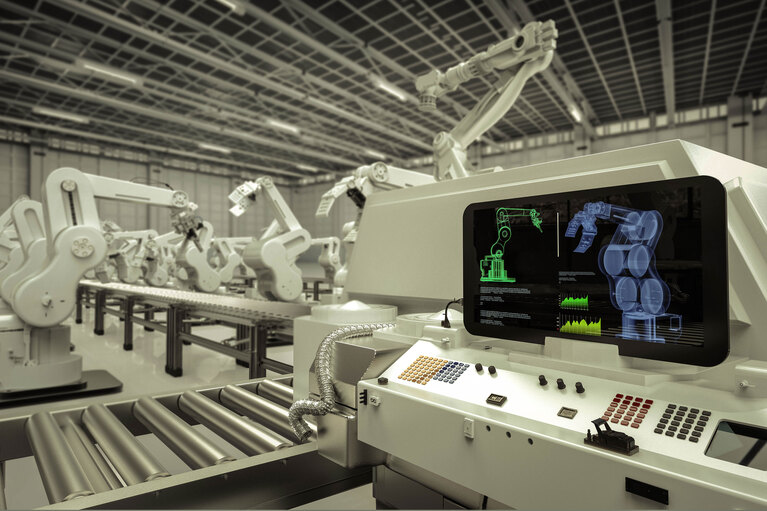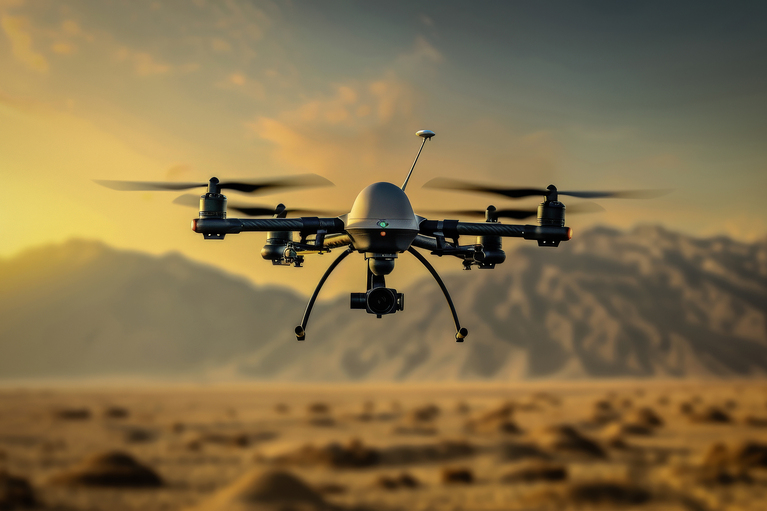
Accelerate your move to a high performance 48V power delivery network
This eBook provides guidance on designing 48V power delivery networks to enhance the performance, efficiency, and reliability of industrial products
Machine vision systems have dramatically increased the throughput and improved the quality of products built on automated production lines by reducing inspection time and improving accuracy. This manufacturer was looking to improve throughput further by upgrading the computing power of the image processing system. However, there was no additional space for expansion as the equipment form factor was already fixed. The key goals were:
The three output rails were converted down individually directly from the 24V input supply. The requirements of the two low-voltage, low-power (50W) rails were met by Vicor ZVS Buck regulators. The higher power 12V rail (170W) was provided by two ZVS Buck regulators in parallel.

Extremely small sized solution (10 x 14mm per regulator, with few external components)

Low waste heat reduced space required for managing heat (95.5% efficiency)

Regulators easily paralleled for increased power
ZVS Buck regulators directly converted the 24V input to each individual output, increasing system efficiency, reducing waste heat and improving reliability. To analyze this power chain go to the Vicor Whiteboard online tool.
The power delivery network

Non-isolated regulated
Inputs: 12V (8 – 18V), 24V (8 – 42V), 48V (30 – 60V)
Output: 2.2 – 16V
Current: Up to 22A
Peak efficiency: 98%
As small as 10.0 x 10.0 x 2.56mm
Accelerate your move to a high performance 48V power delivery network
This eBook provides guidance on designing 48V power delivery networks to enhance the performance, efficiency, and reliability of industrial products
Build better UAVs using modular power
Power Delivery Networks (PDN) based on Vicor high performance power modules enable innovative designs for the next generation of UAV development
UAV Market Trends and Power System Seminar 2025 Taipei, Taiwan
Power modules enable top performance and innovation for today’s advanced UAVs
High-efficiency, high-density modules free up space for advanced communications and extend range
High-efficiency class of UAV depend on solar power to meet its long flight time requirements




